
Pamela explains how to use mouseX and mouseY to make cool interactive programs.
- Subject:
- Applied Science
- Computer Science
- Material Type:
- Interactive
- Lesson
- Provider:
- Khan Academy
- Provider Set:
- Khan Academy
- Author:
- Pamela Fox
- Date Added:
- 07/11/2021


Pamela explains how to use mouseX and mouseY to make cool interactive programs.
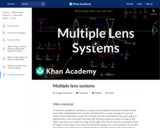
Some examples of using the thin lens equation with multiple lenses. Created by David SantoPietro.
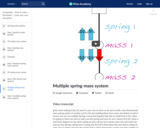
Now we'll add another spring and mass to our system.

Successive powers of the imaginary unit j correspond to a rotation. Created by Willy McAllister.

An introduction to mutagens and carcinogens.

Mutation in genotype as a source of variation in phenotype.

How the "Owl Butterfly" may have gotten the spot on its wings.

The concept of negative frequency is perplexing, but it makes sense when you think about rotating complex exponentials.

Pamela explains how to use nested for loops for more complex repeating code.

In this video David solves an example problem to find the net electric field created by multiple charges at a point in between them. Created by David SantoPietro.

In this video David solves an example 2D electric field problem to find the net electric field at a point above two charges. Created by David SantoPietro.

Overview of how new localities lead to new biodiversity.
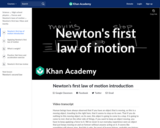
Basic primer on Newton's First Law of motion. Created by Sal Khan.
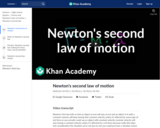
Newton's second law of motion is F = ma, or force is equal to mass times acceleration. Learn how to use the formula to calculate acceleration. Created by Sal Khan.
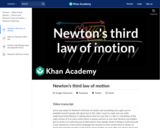
Every action has an equal and opposite reaction. Created by Sal Khan.
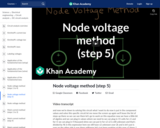
Last step of the Node voltage method for analyzing circuits: Solve the system of simultaneous equations. Created by Willy McAllister.
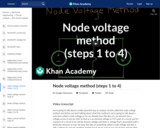
The Node Voltage Method solves circuits with the minimum number of KCL equations. Steps 1 to 4 out of 5. Created by Willy McAllister.

Overview of non-coding RNA (ncRNA).

Seeing how a noncompetitive inhibitor can bind whether or not the substrate is bound, and vice versa.

An op-amp can be used to amplify a voltage. The gain is determined by the ratio of two resistors. Created by Willy McAllister.